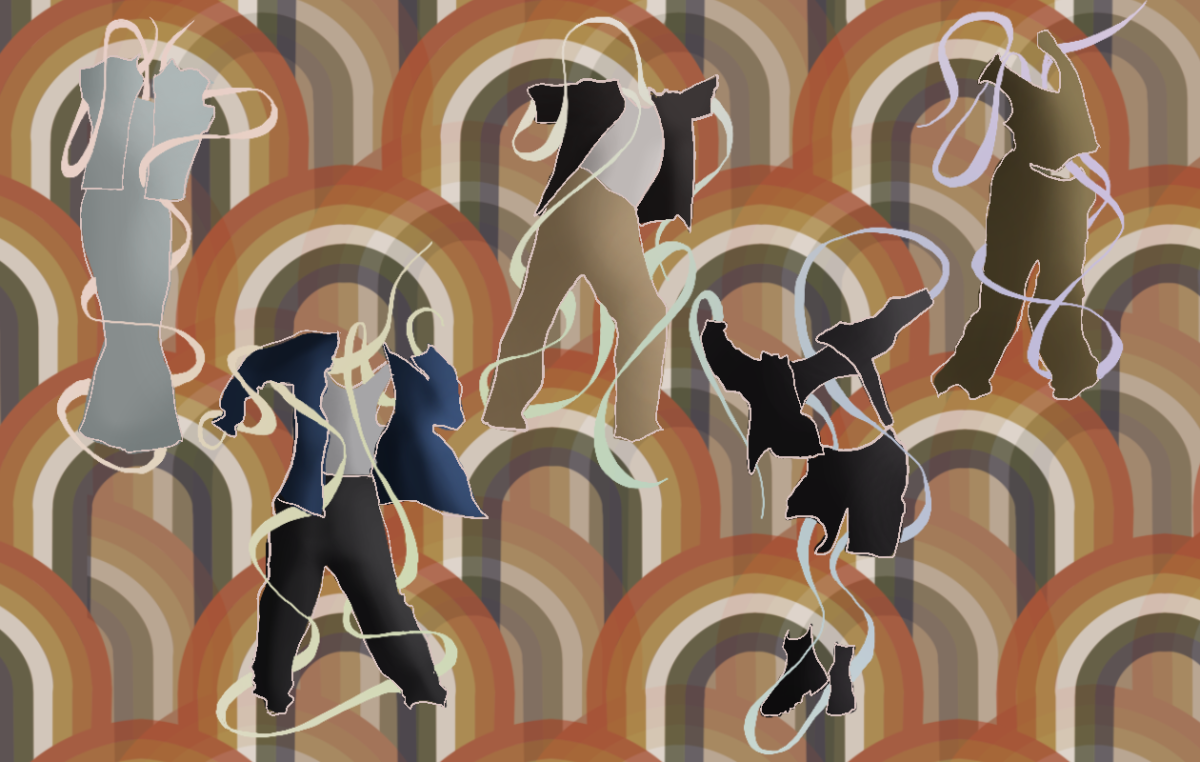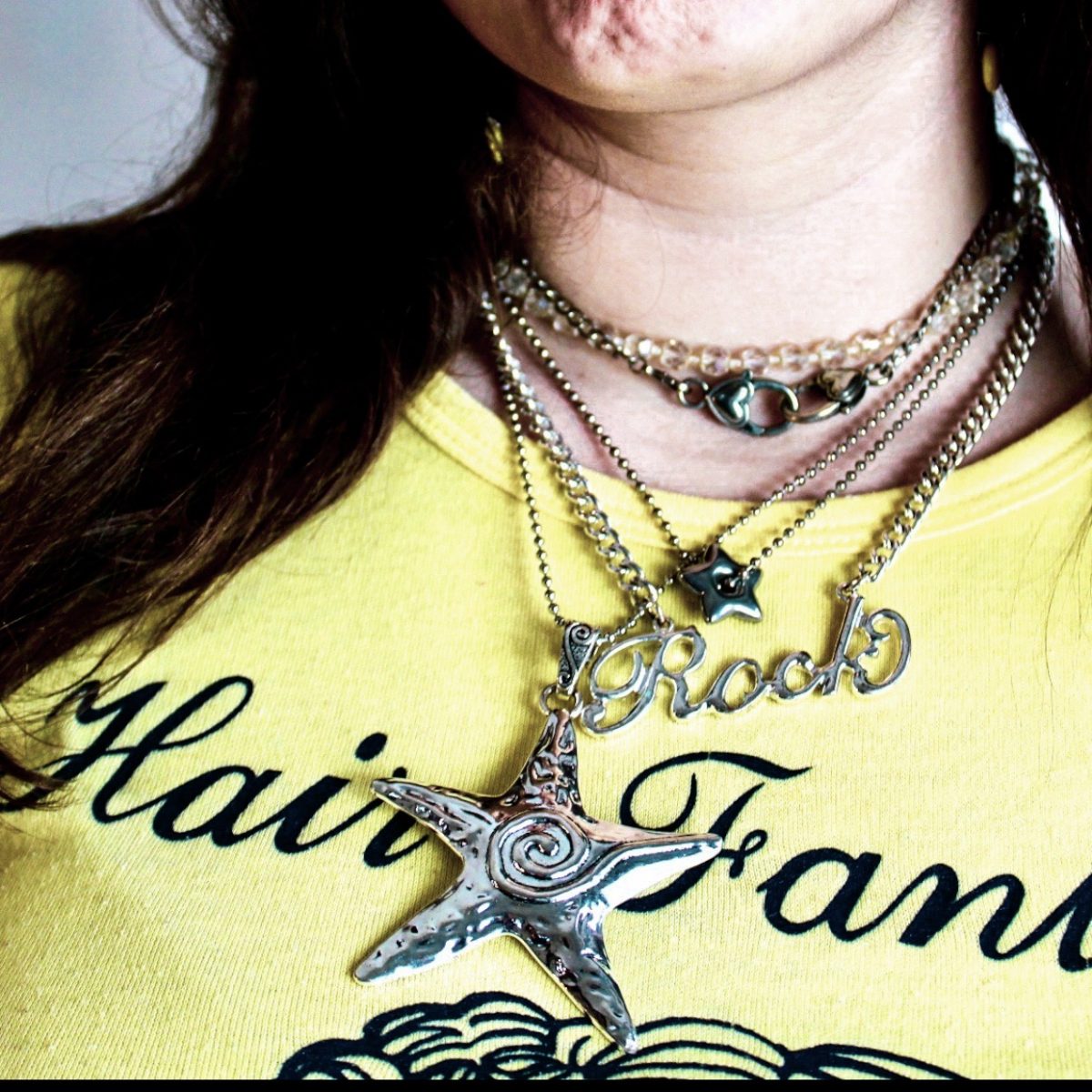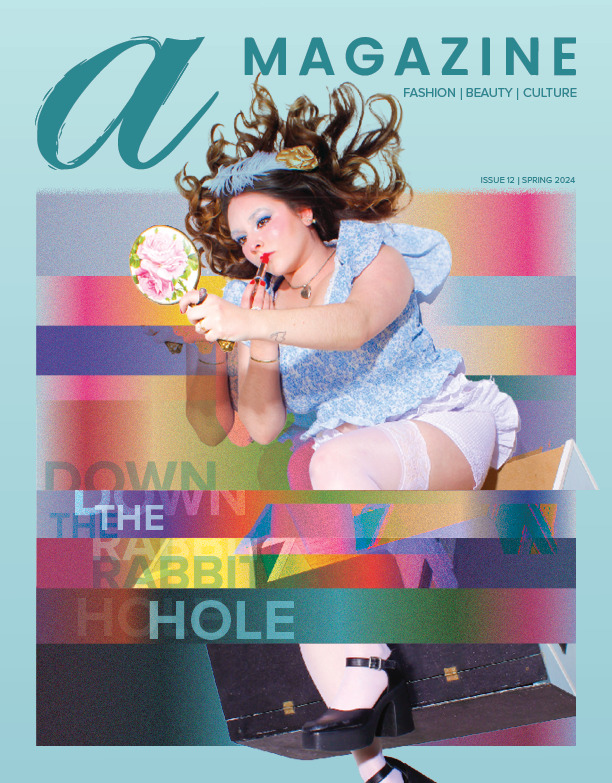Looking into my closet to get dressed in the morning, I consider wearing just about everything. After all, every garment in my closet has given me some type of joy, whether I picked it out myself, it was gifted to me or it purely has sentimental value.
But, even though I admit I love everything in my closet, I find myself dismissing over half of the garments in my wardrobe as viable options. Not because I’ve already worn them or because people have seen me in them before — I simply refuse to wear certain items in my closet because I’ve posted pictures in them before.
And I know I’m not alone.
“If I have a shirt in one of my previous pictures I try not to take a picture again in it,” said college student Andrea Vargas in a New York Times article about Gen Z shopping habits. “I don’t like to repeat.”
Social media has distorted Gen Z’s view on clothing and completely changed the way people dress. Classic, dependable pieces that stand the test of time are no longer revered as the “crème de la crème.” Instead, we want affordable, disposable pieces that will attract likes on our Instagram feeds.
Perhaps I’m being too harsh. I don’t think anyone would consciously admit to the fact that they gravitate toward lower quality goods, but actions speak much louder than words.
There’s no denying that influencer culture is incredibly rampant today. On a daily basis, we are constantly bombarded by a stream of social media influencers trying new products and wearing new clothes. What once started out as a casual way of sharing product recommendations and brand preferences has become a full-blown, billion-dollar marketing industry.
In fact, influencer culture is so far-reaching, it seems we can never fully get away from it. According to Oberlo, 93% of marketers use influencer marketing today and over half a million influencers exist on Instagram alone. Not to mention, average people around the globe can act as influencers, even if they don’t have a massive following of their own.
No matter how big or small an event may be, people are constantly sharing pictures of what they’re doing, what they’re wearing, and who they’re with, inadvertently feeding the never-ending appetites of vehement followers.
While this enthusiasm for content is what fuels the booming influencer circuit and continually drives brands to invest in influencer marketing, it is also what fuels the fast-fashion industry and sets unrealistic expectations for everyday people.
What is so frequently forgotten by everyday Instagram users is this: successful influencers have not gotten to where they are today by themselves. #Gifted free merchandise to promote on their social media feeds, these forerunners of the industry are subsidized and earn a commission based on how well their posts are received.
But, for those of us who aren’t given free samples and can’t afford every top of the line product or new designer handbag, it’s much easier to buy a dupe off of a site that sells trendy, affordable clothing by the masses, like Pretty Little Thing, Missguided or Asos. To keep up appearances, we reach into our own pockets and fan the flames of our unspoken pipe dreams, hoping to become an influencer in our own right.
Documenting our lives through a series of “outfit of the days” and “fit checks,” we try to differentiate ourselves from the billions of other accounts on a given social media platform and articulate our authenticity through proof of personal style.
Yet, these seemingly innocent aspirations have detrimental consequences. Business Insider reports that fast fashion produces 10% of humanity’s carbon emissions, is the second-largest consumer of the world’s water supply, and pollutes the oceans with microplastics. What’s more, The World Resources Institute estimates the average consumer bought 60% more clothes in 2014 than in 2000 but kept each garment for half as long. In 2019, one garbage truck of clothes was burned or landfilled every second, which is enough to fill 1.5 Empire State Buildings every day.
We need to acknowledge our subconscious desires that continually put the environment at risk. Fully aware of our innate fascination with gaining attention online, fast fashion retailers have cleverly taken advantage of consumers and twisted us into an endless cycle of purchasing, posting, and pitching for too long.
Switching our mindset to valuing quality goods, instead of the quantity of goods, is imminent to our future. Despite the infamous saying, “take a picture, it’ll last longer,” continuing to take mindless pictures of ourselves will not, in fact, make the Earth last any longer.
SUPPORT STUDENT MEDIA: Hi, I’m Maria McGinnis, a senior journalism student from Stow, Ohio. I’m also the editor in chief of A Magazine. My staff and I are committed to bringing you the most important and entertaining news from the realms of fashion, beauty, and culture. We are full-time students and hard-working journalists. While we get support from the student media fee and earned revenue such as advertising, both of those continue to decline. Your generous gift of any amount will help enhance our student experience as we grow into working professionals. Please go here to donate to A Magazine.



















